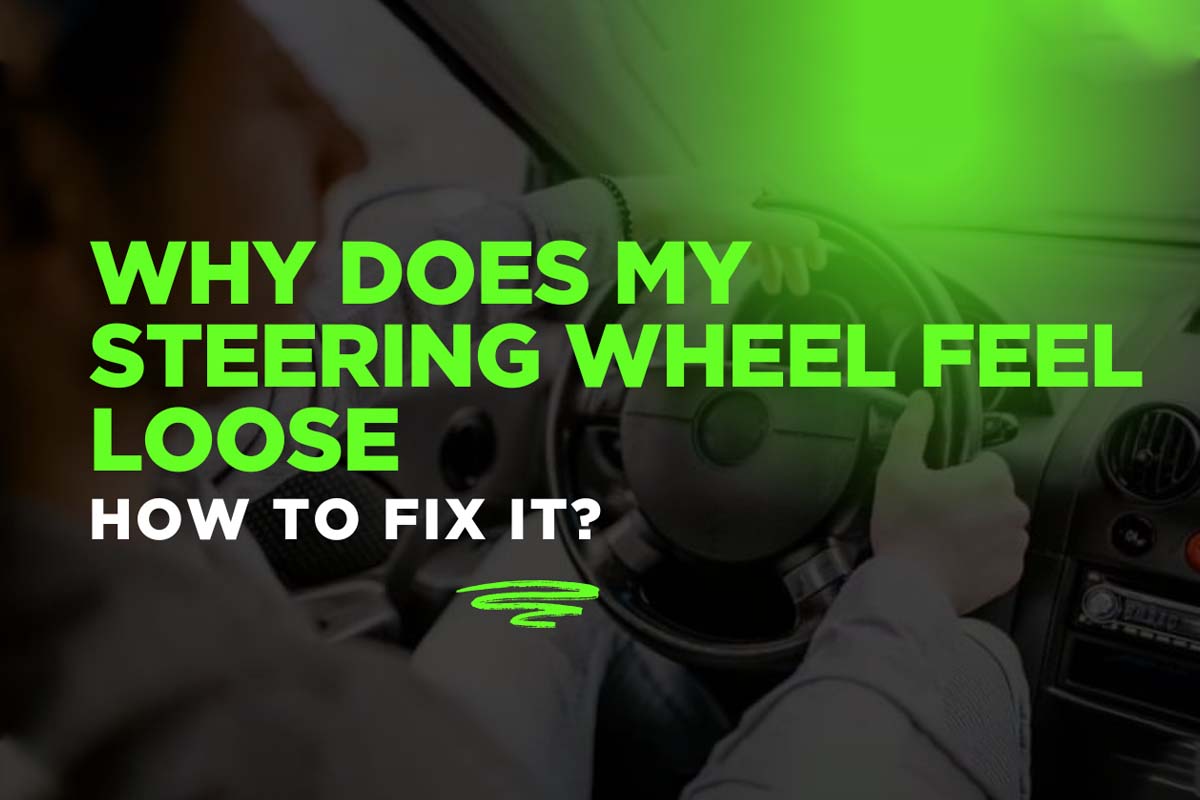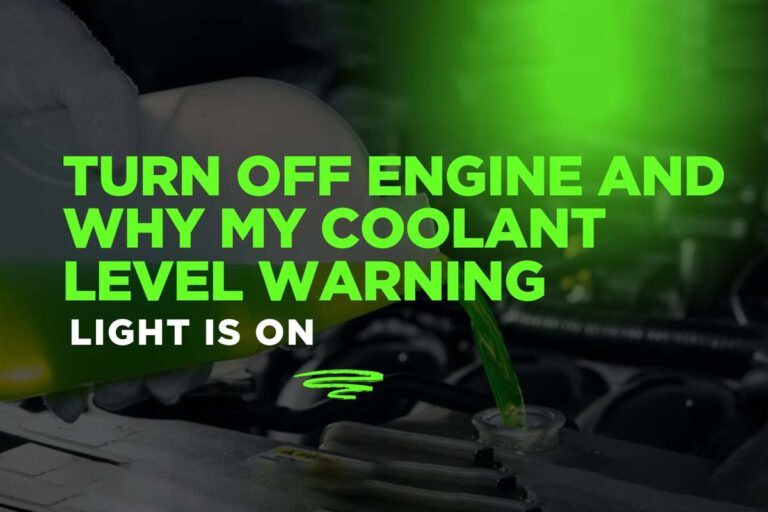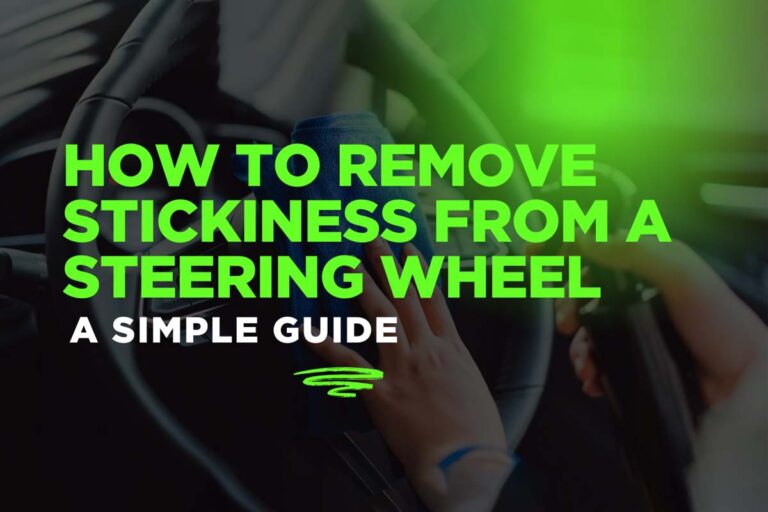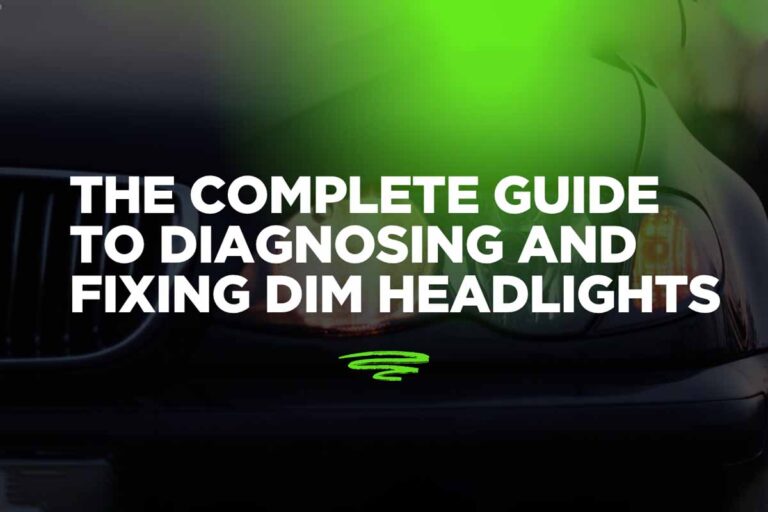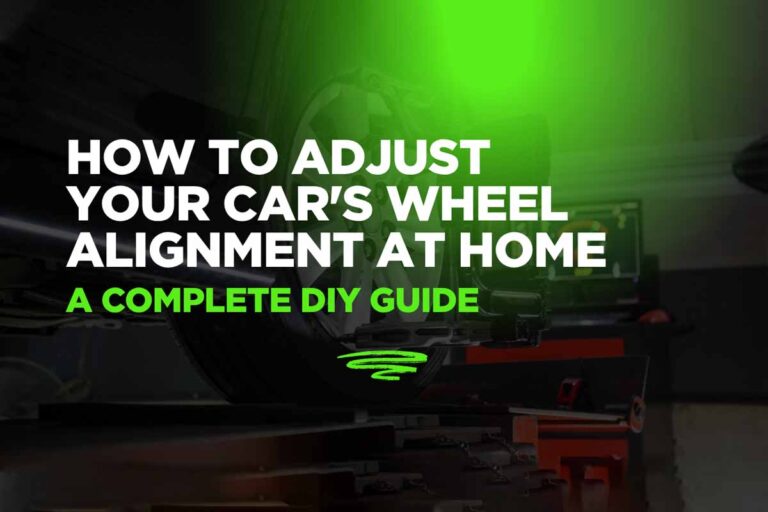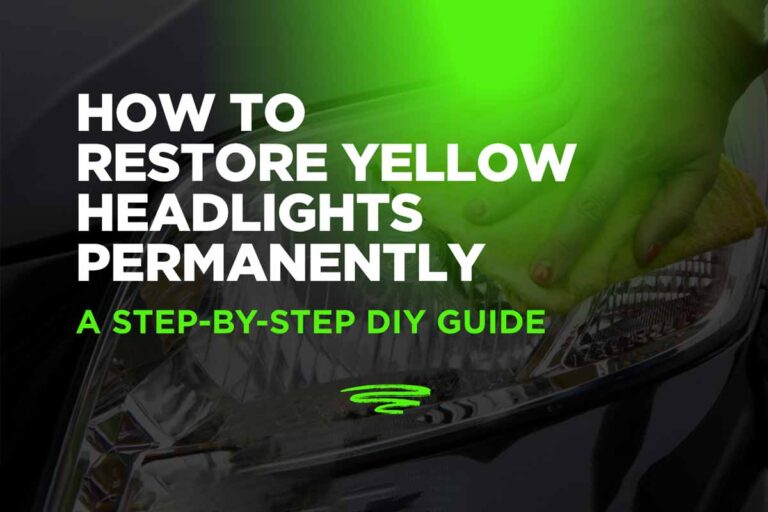Why Does My Steering Wheel Feel Loose and How to Fix It?
If you've ever experienced a loose steering wheel while driving, you're not alone. A steering wheel that feels loose can be a serious safety concern if left unaddressed. Not only does it make driving more difficult and uncomfortable, but it can also lead to dangerous situations on the road. If your steering wheel feels loose or you find yourself constantly compensating just to keep your vehicle on track, it's crucial to understand the causes of this issue and how to fix it.
Why Does My Steering Wheel Feel Loose?
A steering wheel that feels loose often indicates that something is wrong with your vehicle’s steering system. When the steering wheel becomes unresponsive or excessively loose, it means there could be several potential causes, ranging from worn-out components to alignment issues. Let’s take a closer look at the most common reasons your steering wheel may be loose

Worn Tie Rods
Tie rods play a crucial role in steering your vehicle. They connect your steering rack to the wheels, allowing the vehicle to turn smoothly when you turn the steering wheel. Over time, tie rods can become worn out due to constant use and exposure to road conditions. This wear can result in excessive play, causing the steering wheel to feel loose.
When tie rods become worn, they may not be able to securely connect the steering system to the wheels, leading to a loose feeling when you turn the wheel. In some cases, you might even feel a clunking or knocking sound coming from the steering wheel, especially when turning sharply.
Faulty or Worn-Out Steering Rack
Another major cause of a loose steering wheel is a malfunctioning or worn-out steering rack. The steering rack is a vital component that converts the rotational movement of your steering wheel into the linear motion that turns your vehicle’s wheels. If your steering rack is worn, it can cause your steering wheel to feel loose and unresponsive.
A faulty steering rack may have internal issues, such as worn-out gears or hydraulic fluid leaks, which can result in play within the steering system. This play will be noticeable when the steering wheel feels loose, and you may even experience steering wheel vibrations or difficulty turning.
Worn or Damaged Steering Shaft
The steering shaft connects the steering wheel to the steering rack. In some cases, the rubber components of the steering shaft can deteriorate over time, leading to steering wheel play. This issue is often not visible and can only be diagnosed by a mechanic.
When the rubber between the steering shaft’s components wears out, it can create movement between the parts, making the steering wheel feel loose. If the deterioration is severe, the lower part of the shaft may even move independently from the upper part, causing a noticeable loss of steering control.
Poor Alignment
A loose steering wheel can also be a sign of poor wheel alignment. When your wheels are not properly aligned, they may not respond to steering inputs correctly, leading to a wandering or drifting steering wheel. This issue is typically caused by improper handling of the car, hitting potholes, or frequent sharp turns.
In addition to a loose steering wheel, poor alignment can cause uneven tire wear, decreased fuel efficiency, and difficulty maintaining a straight line on the road. If you suspect alignment issues are the cause of your loose steering wheel, it is essential to take your vehicle to a mechanic for proper alignment.
Worn Wheel Bearings
Wheel bearings are essential components that allow your wheels to rotate smoothly. If these bearings wear out or become damaged, they can cause excessive play in the steering system. Worn bearings may result in your steering wheel feeling loose, and you may also hear clunking or grinding noises when turning.
When wheel bearings are the cause of a loose steering wheel, it is usually accompanied by other symptoms, such as vibrations or a change in handling. If the wheel bearings are severely damaged, it could lead to dangerous driving conditions, so it’s essential to get them inspected and replaced if necessary.
What Does a Loose Steering Wheel Feel Like?
A loose steering wheel typically feels unresponsive and may require extra effort to keep the vehicle on a straight path. The sensation may vary depending on the severity of the issue. In some cases, you may feel a noticeable delay when turning the wheel, while in others, the wheel may feel “floaty” or overly sensitive.
Some common signs of a loose steering wheel include:
- Excessive Play: When you turn the steering wheel, you may notice a lack of immediate response from the wheels.
- Wandering: Your vehicle may pull to one side or the other, even when you’re not actively turning the steering wheel.
- Vibration or Clunking: Loose parts within the steering system may cause vibrations or clunking noises when turning the wheel.
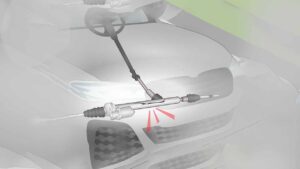
Is a Loose Steering Wheel Dangerous?
Yes, a loose steering wheel can be dangerous. If left unaddressed, it can severely affect your ability to control the vehicle. A loose steering wheel can lead to unpredictable steering responses, making it difficult to maintain a straight path or make quick adjustments when necessary. This can increase the risk of accidents, particularly when driving at high speeds or in adverse weather conditions.
If you notice your steering wheel becoming loose, it’s essential to address the issue as soon as possible. Continuing to drive with a loose steering wheel could lead to further damage to the steering system or cause a dangerous situation on the road.
How to Fix a Loose Steering Wheel
Fixing a loose steering wheel often requires addressing the underlying cause, whether it’s worn tie rods, a faulty steering rack, or damaged components. Here are some steps to help you fix a loose steering wheel:
Inspect Tie Rods and Replace if Necessary
If your tie rods are worn or damaged, they may need to be replaced. To inspect the tie rods, raise the vehicle and grab the wheel at the top and bottom. Shake the wheel back and forth. If there’s noticeable play or movement, it’s likely that the tie rods are the issue. To replace them, you’ll need to remove the wheel, loosen the jam nuts, and replace the worn tie rods.
Check the Steering Rack for Issues
If the steering rack is causing the problem, it may need to be repaired or replaced. This is a more complex repair that usually requires a professional mechanic. If you suspect an issue with your steering rack, it’s best to take your vehicle to a shop for an inspection and possible replacement.
Replace Worn Wheel Bearings
If your wheel bearings are worn, they can cause excessive play in the steering. To fix this, you’ll need to remove the wheel, axle nut, brakes, and possibly the wheel speed sensor. Then, use a hammer to remove the old hub bearing, clean the area, and install a new bearing.
Replace the Steering Shaft if Necessary
If the steering shaft’s rubber components are worn or damaged, they may need to be replaced. This often requires removing the steering shaft and replacing the damaged rubber with new material. In some cases, you can also try welding the shaft together to eliminate the play, but this will make your vehicle less comfortable to drive, as it will pick up vibrations from the steering system.
Get a Professional Alignment
If your steering wheel feels loose due to poor alignment, the best solution is to have your vehicle professionally aligned. A mechanic can adjust the angles of the wheels to ensure they respond correctly to steering inputs.
Conclusion
A loose steering wheel is a common but potentially dangerous issue that can arise from various problems in the steering system. Whether it’s worn tie rods, a damaged steering rack, or poor alignment, it’s crucial to address the problem quickly to ensure your safety on the road. By understanding the causes and learning how to fix a loose steering wheel, you can restore control over your vehicle and enjoy a safer, more comfortable driving experience. If you’re unsure about the cause, it’s always best to consult a professional mechanic to inspect your vehicle and make the necessary repairs.
